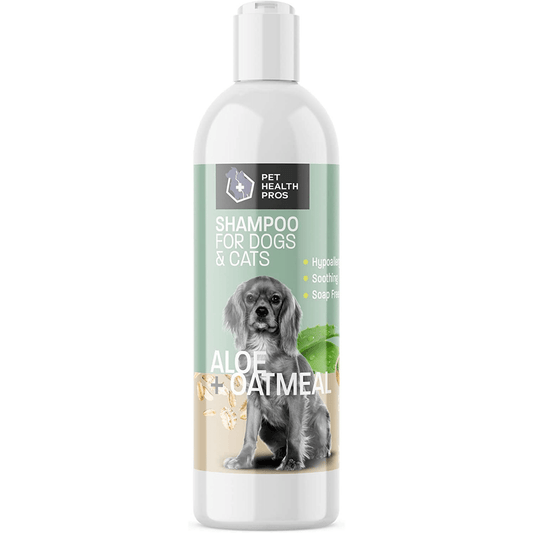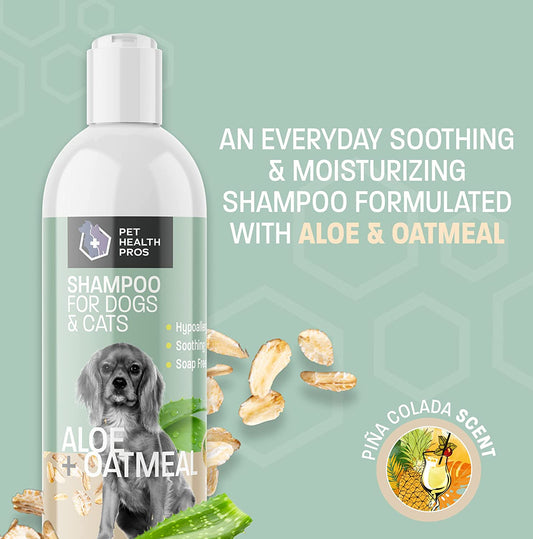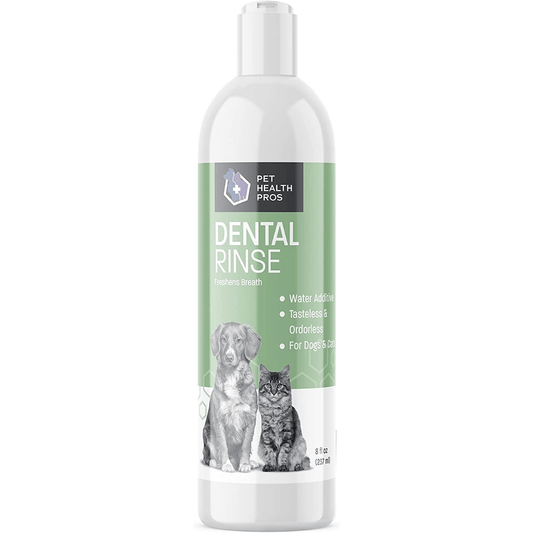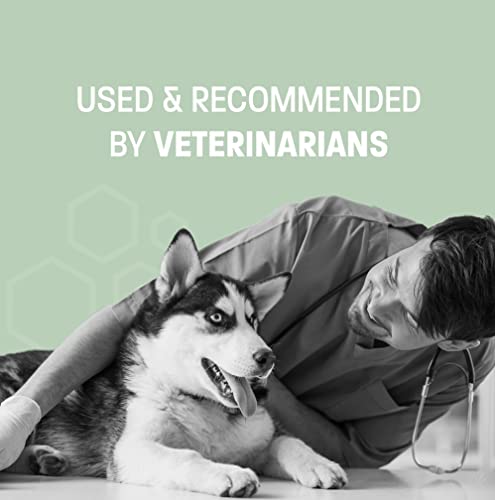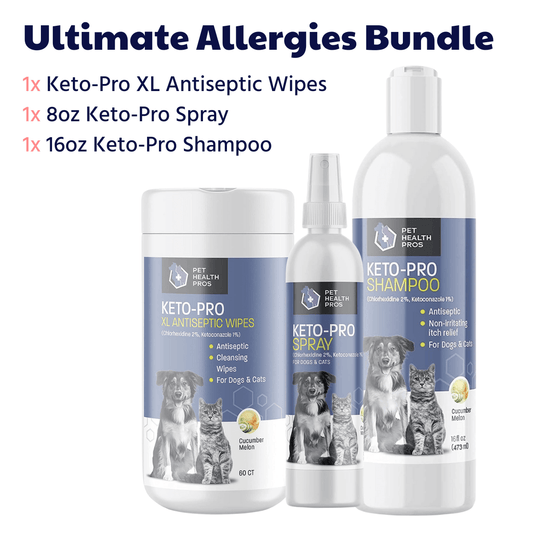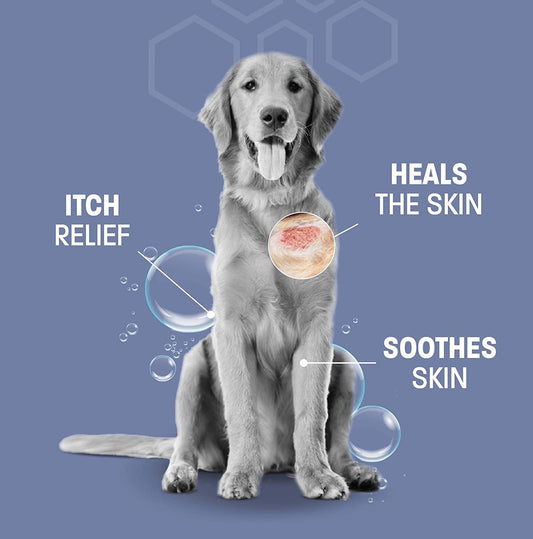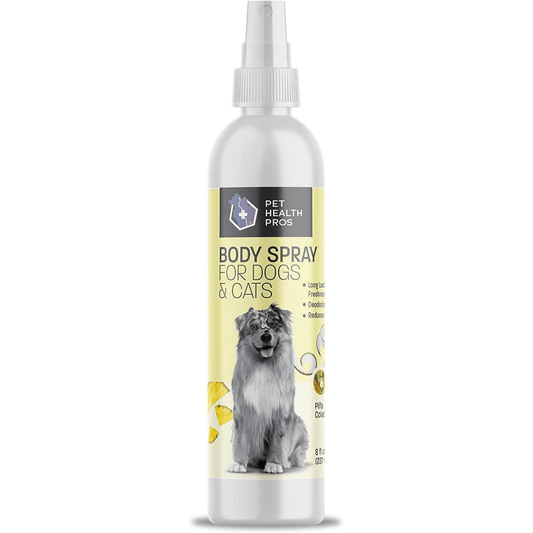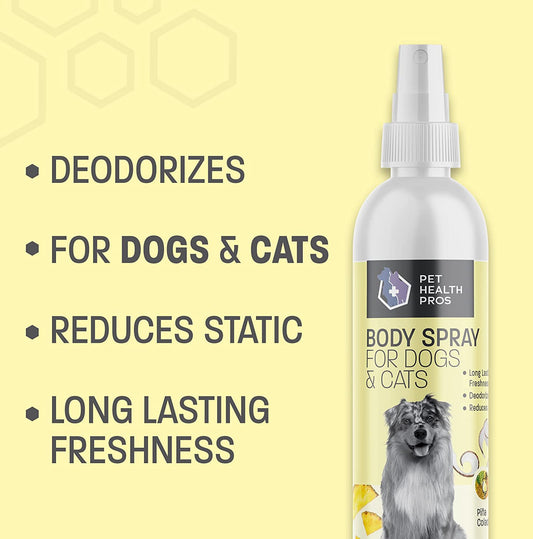Your home affects your dog more than you think. Join Pet Health Pros in understanding how home environments contribute to ear yeast growth and our medicated products' defense.
Yeast infections in dogs can be a pain. The home environment has a huge impact on ear yeast growth. It's important to understand the factors that contribute to it.
A warm and moist environment is great for yeast. Excessive humidity, poor ventilation, and not drying your dog's ears after swimming/bathing can increase fungal growth. Breeds with floppy ears trap moisture, providing a good place for yeast to live.
Pet owners should keep their homes clean and free of dust, pollen, and allergens. These can cause allergic reactions in dogs, causing inflammation and itching. This weakens the skin's defenses, allowing yeast to spread more easily.
To prevent ear yeast infections, keep your pup clean. Gently wipe their ears with a mild cleanser, and groom them regularly. Also, ensure your home is well-ventilated. Open windows and use fans to improve air circulation. After baths/swims, dry your pup's ears with a clean towel or pet-safe dryer.
Understanding Ear Yeast Infections in Dogs
Ear yeast infections in dogs can be bothersome and uncomfortable. When the natural yeast in a dog's ears grows out of control, it leads to symptoms like itching, redness, and discharge. To know how to treat and prevent these infections, it is crucial to understand them.
The home environment is an important factor that contributes to ear yeast infections in dogs. A warm and moist environment is ideal for yeast and fungus to breed. This is why dogs with floppy ears are more prone, as their ears provide a dark and moist setting. Dogs who spend lots of time in water or have too much wax buildup are also more at risk.
To avoid and treat ear yeast infections in dogs, it is vital to keep their ears clean and dry. Inspecting and cleaning them with the right solutions can remove moisture and debris, preventing yeast growth. It is essential to use antifungal solutions recommended by vets, as not all products are suitable for dogs.
Another suggestion is to regularly trim hair around their ears. Excessive hair can trap moisture and block air circulation, which is perfect for yeast. By keeping the hair around the ears short, pet owners can reduce the risk of infection.
Also, a proper diet helps to prevent ear yeast infections in dogs. Nutrients can boost a dog's immune system, making them less vulnerable to fungal overgrowth. Consulting a vet can help decide the best diet for each dog.
How the Home Environment Impacts Ear Yeast Growth
The growth of yeast in your pup's ears can be influenced by your home environment. Things like humidity, cleanliness, and air flow can either promote or stop the growth of yeast. Too much moisture in the air is ideal for yeast, but keeping the area clean and well-ventilated helps control moisture and reduce yeast.
Grooming also helps with yeast growth. Cleaning your pup's ears is important to get rid of excess wax and debris that can cause yeast. And, keeping your dog's paws clean and dry stops them from transferring yeast to their ears when they scratch.
Certain breeds are more likely to get ear yeast infections, such as Cocker Spaniels and Basset Hounds, due to the shape of their ears or health conditions.
Interestingly, ear infections are one of the main reasons dogs go to their vets. Taking the necessary steps to create and maintain a healthy home environment can help prevent ear yeast infections and keep your pup healthy.
Preventing Ear Yeast Infections through Home Environment Management
For a healthy home, preventing ear yeast infections in dogs is important. These infections, due to too much fungus in the ears and paws, can be troublesome and itchy. Taking a few steps to manage the environment can decrease the risk.
- Clean regularly: Keep your dog's ears and paws clean by removing dirt or debris that could cause yeast growth. Get your vet's advice on a gentle cleanser.
- Dry completely: After baths or walks in wet conditions, ensure your pup's ears and paws are dry. Moisture is great for yeast.
- Limit allergens: Avoid pollen, grass, or certain foods that could trigger yeast infections in your pup's ears.
- Ventilate: Good air circulation is key, as stale or damp air can promote fungal growth. Open windows or use fans.
- Healthy diet: A balanced diet with nutrients helps the immune system. This can help stop yeast overgrowth.
In addition, any health issues that may contribute to ear yeast infections must be addressed. Allergies, hormone imbalances, or weak immune systems are common culprits. Consult your vet for diagnosis and treatment.
By undertaking these steps, you can build a home environment that decreases ear yeast infections in your pup. Prevention is always better than cure when it comes to your pet's health!
Natural Remedies for Ear Yeast Infections
Got an ear yeast infection? Here are some natural remedies to try:
- Boric acid - a cleanser or mix with water and apply to ears.
- Apple cider vinegar - dilute with water and clean ears.
- Coconut oil - soothe itching and inflammation.
- Greek yogurt - live cultures help prevent yeast infections.
- Tea tree oil - antifungal properties reduce yeast growth.
But, always consult a vet first!
Your furry friend deserves the best care. Don't miss out on finding the right solution. Take action now!
Conclusion
Your home is your dog's sanctuary. With Pet Health Pros' medicated solutions, ensure it remains a haven free from ear yeast threats.
To prevent ear yeast growth in dogs, the home environment matters. Cleanliness, humidity, and ventilation all play a role. A warm, moist place is perfect for the fungus to grow. Cleaning paws and ears, plus using antifungal agents, will help fight infections.
Keeping a clean and dry home is key. Humidity and moisture encourage fungi growth. Get fresh air by opening windows or using fans. Cleaning floors and surfaces will get rid of any spores.
Hygiene habits apply to ears and paws too. Inspect and clean your dog's ears regularly. Use a gentle cleanser, and always dry after bathing or swimming.
If ear yeast infections keep occurring, talk to your vet. Medication, or more testing, may be needed to find out what's causing it.
Remember: Prevention is the best way to manage ear yeast infections. Follow hygiene habits, keep a clean home, and get help from your vet.
Frequently Asked Questions
FAQ 1: What is ear yeast infection in dogs?
Ear yeast infection in dogs is a common fungal overgrowth in the ears caused by the yeast organism. It can lead to symptoms such as itching, redness, discharge, and a foul smell.
FAQ 2: How does the home environment impact ear yeast growth in dogs?
The home environment plays a crucial role in ear yeast growth in dogs. Factors like humidity, poor ventilation, warm temperatures, and presence of moisture can create an ideal breeding ground for yeast fungus.
FAQ 3: What steps can I take to prevent ear yeast infections in my dog?
To prevent ear yeast infections in dogs, ensure proper ear hygiene by cleaning the ears regularly with a veterinarian-recommended solution. Keep the ears dry, avoid excessive moisture, and provide good air circulation within the home.
FAQ 4: Can a dog's paws contribute to ear yeast infections?
Yes, a dog's paws can contribute to ear yeast infections. Dogs often lick their paws, which can transfer yeast organisms to their ears. Regular paw cleaning and grooming can help reduce the risk of ear yeast infections.
FAQ 5: Are there any natural remedies to treat ear yeast infections in dogs?
While natural remedies may provide some relief, it is important to consult a veterinarian for proper diagnosis and treatment. They may recommend antifungal medications or other suitable treatments to effectively combat ear yeast infections.
FAQ 6: How can I make my home environment less favorable for yeast growth?
To make your home environment less favorable for yeast growth, ensure proper ventilation, maintain optimal humidity levels, prevent water leaks, and clean surfaces regularly. Additionally, keep your dog's bedding and surrounding areas clean and dry to minimize yeast growth.

